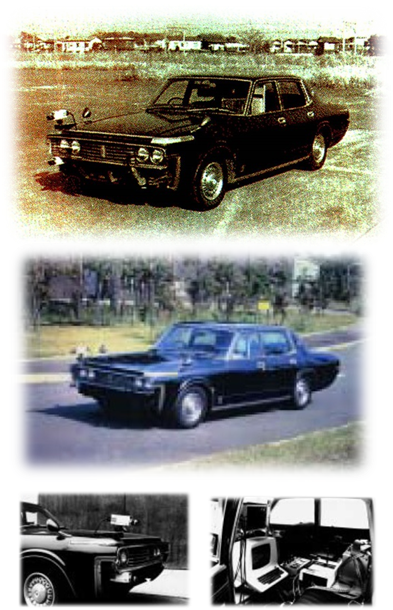- HOME
- About ITS Asia-Pacific
- Examples of ITS deployment by country/area
- 1970 Intelligent Vehicle (Japan)
1970 Intelligent Vehicle (Japan)
1970 Intelligent Vehicle (Japan)

- Three intelligent vehicles developed in Japan.
- The first one is the Intelligent Vehicle, developed since the mid 1970’s, which has a machine vision system for obstacle detection and a dead reckoning system for autonomous navigation on a compact car. The machine vision system with stereo TV cameras is featured by real time processing using hard-wired logic. The dead reckoning function and a new lateral control algorithm enable the vehicle to drive from a starting point to a goal. It drove autonomously at about 10 km/h while avoiding an obstacle.
The second one is the Personal Vehicle System (PVS), developed in the late 1980’s, which is a comprehensive test system for a vision-based vehicle. The machine vision system captures lane markings at both road edges along which the vehicle is guided. The PVS has another machine vision system for obstacle detection with stereo cameras. The PVS drove at 10-30 km/h along lanes with turnings and crossings.
The third one is the Automated Highway Vehicle System (AHVS) with a single TV camera for lane-keeping by PD control. The machine vision system uses an edge extraction algorithm to detect lane markings. The AHVS drove at 50 km/h along a lane with a large curvature.
The source; Sadayuki Tsugawa ,” Vision-based vehicles in Japan: machine vision systems and driving control systems ,” IEEE Transactions on (Volume:41 , Issue: 4 )
